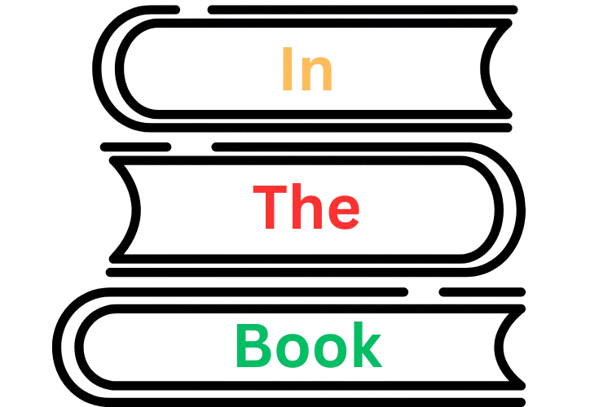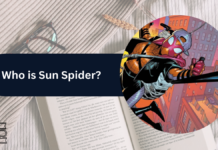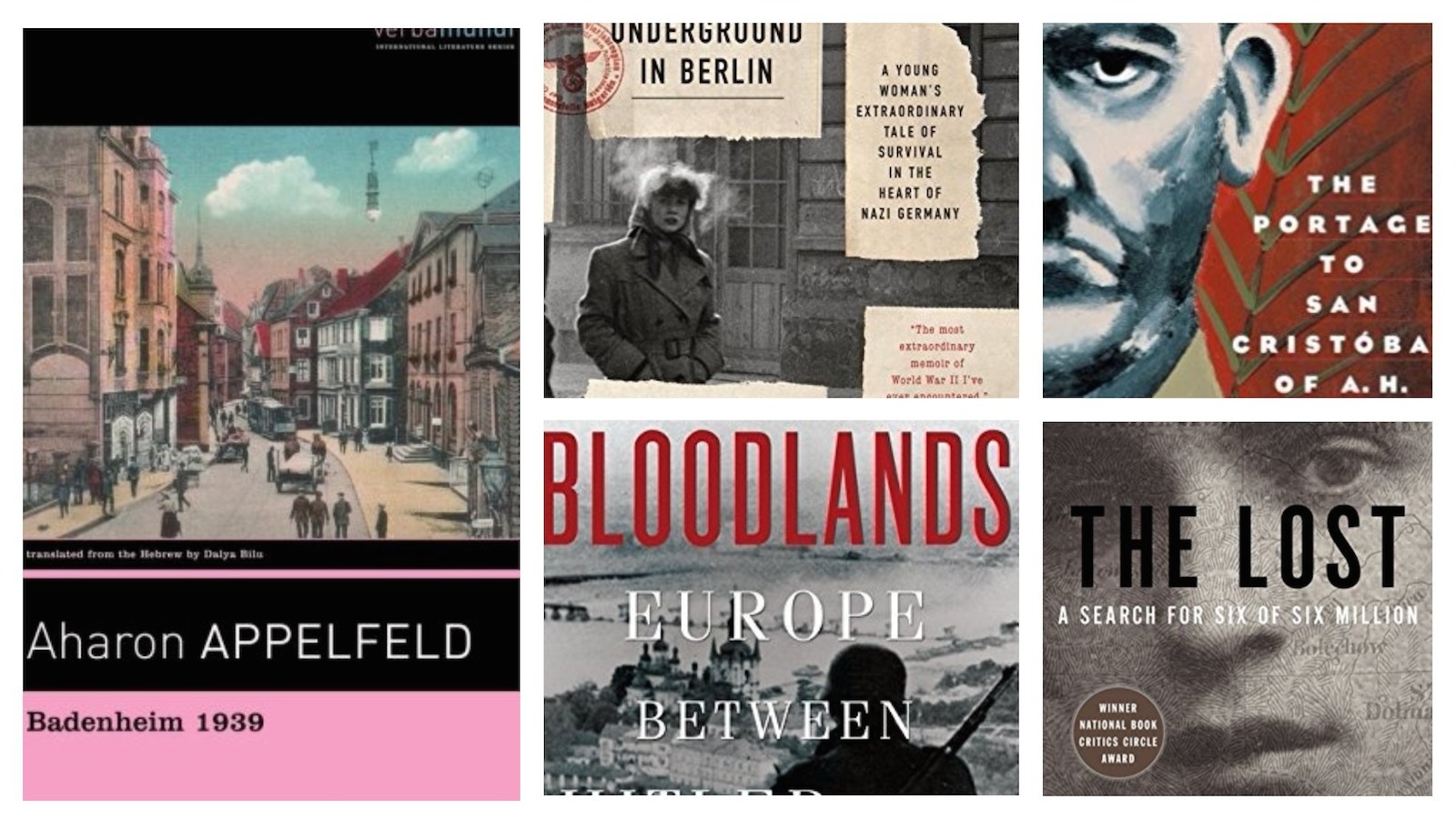The Holocaust, one of the darkest periods in human history, is a topic that continues to evoke emotions, spark conversations, and raise important questions about humanity, morality, and the importance of remembering. As we reflect on the devastating events that occurred during World War II, we must explore the stories, experiences, and perspectives of those who lived through it.
Reading holocaust books is an excellent way to gain a deeper understanding of this complex and tragic period. In this article, we will explore some of the best holocaust books, written by survivors, historians, and writers who have dedicated their lives to preserving the memories of those who were affected by this tragedy.
Contents
- Survivor Stories
- Historical Accounts
- Memoirs and Diaries
- Teaching the Holocaust
- What is special about the Holocaust is that the core is an ideological drive to make a complete extinction of an entire people.
- Ideology
- Intention
- Persecution
- Unprecedented Scale
- Legacy
- In terms of the number of Jews killed by the Nazis, is there a consensus on that?
- Breakdown of the number of Jews killed
- Conclusion
- FAQs
- What are some holocaust books that experts recommend?
- How can Holocaust books be used in the classroom?
- Read More:
Survivor Stories
One of the most powerful ways to understand the Holocaust is through the stories of survivors. “Fragments: Memories of a Wartime Childhood” by Binjamin Wilkomirski is a heart-wrenching account of a young boy’s experiences in the Lodz ghetto and Auschwitz. Wilkomirski’s story is a testament to the resilience of the human spirit and the importance of remembering the past.
Another powerful survivor story is “Maus” by Art Spiegelman, a graphic novel that tells the story of the author’s father’s experiences in the Holocaust. This book is a masterclass in storytelling, using comics to convey the emotions and horrors of the Holocaust.
Historical Accounts
To gain a deeper understanding of the Holocaust, it is essential to explore the historical context and consequences of this tragedy. “The Rise and Fall of the Third Reich” by William L. Shirer is a comprehensive and engaging history of Nazi Germany, providing a detailed account of the events leading up to the Holocaust.
“The Holocaust: A History” by Deborah Lipstadt is another excellent resource, offering a thorough and accessible overview of the Holocaust, including its causes, course, and consequences.
Memoirs and Diaries
Memoirs and diaries provide a unique perspective on the Holocaust, offering a glimpse into the daily lives of those who lived through it. “Man’s Search for Meaning” by Viktor E. Frankl is a powerful memoir that explores the author’s experiences in Auschwitz and the psychological effects of the Holocaust.
“The Diary of a Young Girl” by Anne Frank is another classic memoir, offering a poignant and intimate account of a young girl’s experiences hiding with her family during the Nazi occupation.
Teaching the Holocaust
For educators, teaching the Holocaust can be a challenging but essential task.
“Teaching the Holocaust through Literature: Four holocaust books to Help Young People Gain a Deeper Understanding” is a valuable resource offering suggestions for incorporating literature into the classroom.
“The Holocaust Explained: Designed for Schools” is another excellent resource. It provides a comprehensive and accessible overview of the Holocaust, designed specifically for students.
What is special about the Holocaust is that the core is an ideological drive to make a complete extinction of an entire people.
The Holocaust was a genocide that stands out from other instances of mass murder and persecution in history due to its ideological drive to eradicate an entire people. The core of the Holocaust was the Nazi regime’s aim to eliminate the Jewish population, along with other targeted groups, through a systematic and state-sponsored campaign of extermination.
Ideology
The Nazi ideology, rooted in racism and antisemitism, viewed Jews as a biological and cultural threat to the supposed “purity” of the Aryan race. This ideology was based on a belief in the superiority of the “Aryan” race and the inferiority of other groups, including Jews, Romani people, people with disabilities, and others.
Intention
The Nazis’ genocidal intent was not limited to the destruction of Jewish communities but rather aimed at the complete extinction of the Jewish people as a whole. This was evident in the implementation of policies such as the “Final Solution,” which sought to eliminate all Jews from Europe and the world.
Persecution
The Holocaust was characterised by a systematic and organised effort to persecute and murder millions of people. The Nazis established a network of concentration camps, ghettos, and extermination camps, where victims were subjected to forced labour, starvation, and mass murder.
Unprecedented Scale
The Holocaust was unprecedented in its scale and scope, with an estimated six million Jews and millions of others killed during World War II. The sheer number of victims and the brutality of the methods used make the Holocaust one of the most devastating genocides in human history.
Legacy
The Holocaust serves as a reminder of the dangers of racism, antisemitism, and xenophobia and the importance of protecting human rights and dignity. It is essential to remember and learn from this tragedy to prevent similar atrocities from occurring in the future.
In terms of the number of Jews killed by the Nazis, is there a consensus on that?
There is a general consensus among historians and scholars that approximately 6 million Jews were killed during the Holocaust. This number is supported by various sources, including:
- The United States Holocaust Memorial Museum: “The Nazis and their collaborators systematically murdered six million Jews, nearly two-thirds of the Jewish population of Europe.”
- The Holocaust Encyclopedia: “The Nazis and their collaborators killed approximately six million Jews, about two-thirds of the Jewish population of Europe.”
- The Israeli Ministry of Foreign Affairs: “The Holocaust, which was perpetrated by the Nazi regime and its collaborators, resulted in the murder of six million Jews, approximately two-thirds of the Jewish population of Europe.”
- The Yad Vashem Museum: “The Holocaust, which was perpetrated by the Nazi regime and its collaborators, resulted in the murder of approximately six million Jews, about two-thirds of the Jewish population of Europe.”
While there may be some variations in the estimates, the overwhelming majority of historians and scholars agree that the number of Jews killed during the Holocaust is around 6 million.
Breakdown of the number of Jews killed
The breakdown of the number of Jews killed by the Nazis is as follows:
- 2.7 million Jews were murdered at killing centres (Chełmno, Belzec, Sobibor, Treblinka, and Auschwitz-Birkenau).
- 1.5 million Jews were killed in mass shooting operations and related massacres.
- 800,000 to 1 million Jews were killed in ghettos, labour camps, and concentration camps.
- 250,000 Jews were killed in other acts of violence outside of sites of detention.
Conclusion
The best holocaust books offer a window into the past, providing a deeper understanding of this complex and tragic period. Whether through survivor stories, historical accounts, memoirs, or diaries, these holocaust books offer a powerful reminder of the importance of remembering and learning from the past.
As we reflect on the Holocaust, we are reminded of the importance of empathy, compassion, and understanding. By reading these holocaust books, we can gain a deeper appreciation for the human experience and the importance of preserving the memories of those who were affected by this tragedy.
FAQs
What are some holocaust books that experts recommend?
The Best holocaust books by Steven Katz: A list of recommended books on the Holocaust, including works by Elie Wiesel, Christopher Browning, and Daniel Goldhagen.
How can Holocaust books be used in the classroom?
Holocaust books can be a powerful tool for teaching students about this important historical period. They can help students understand the human impact of the Holocaust, promote empathy and tolerance, and encourage critical thinking and discussion.
Read More:
- The Real Reason Invoices Go Unpaid — And How Collection Automation Can Fix It
- Best Places to Buy Diamonds and Engagement Rings Online
- Building Focus and Strategy Through Interactive Digital Experiences
- How Students’ Reading Interests Influence Their Motivation and Performance in Writing Assignments
- The Damages Resulting from the Use of Suboxone

Chandler is an avid automobile enthusiast who is passionate about all things on wheels. From the latest car models to classic vintage rides, I love exploring the automotive world’s intricate details and engineering marvels. With years of experience in test-driving, reviewing, and analyzing cars, I provide readers with comprehensive insights and honest opinions.



























